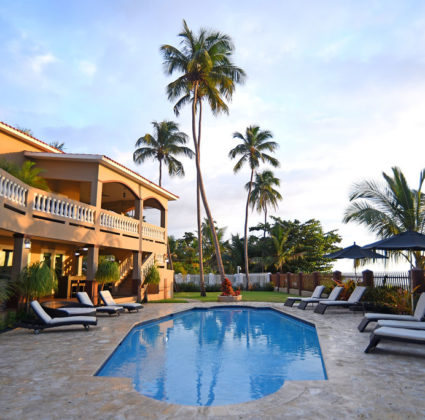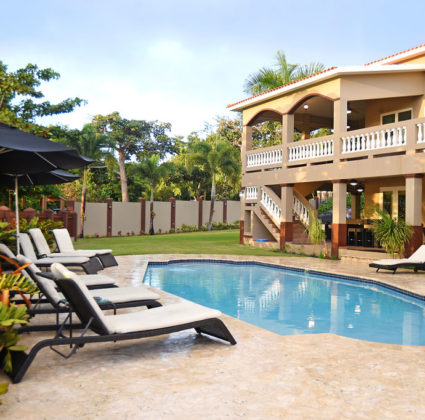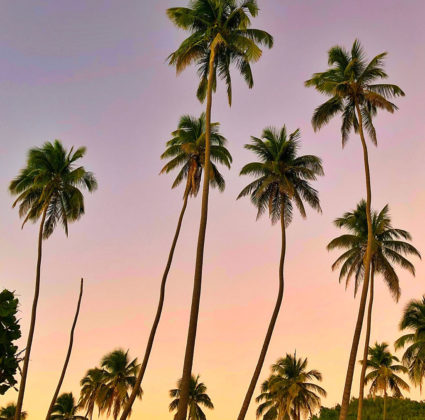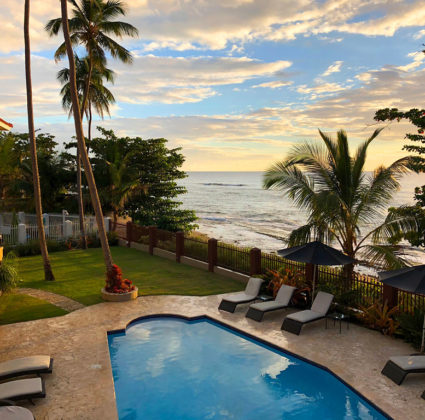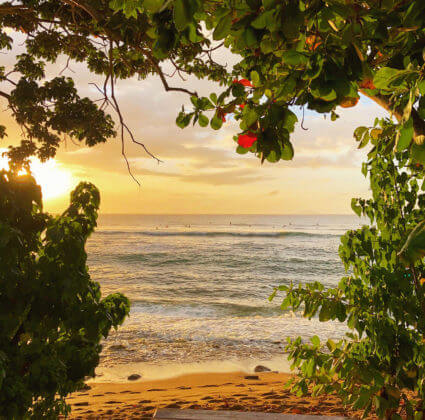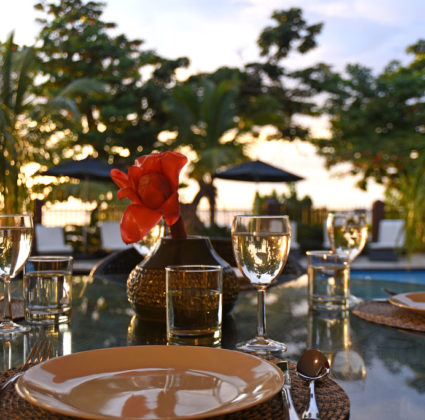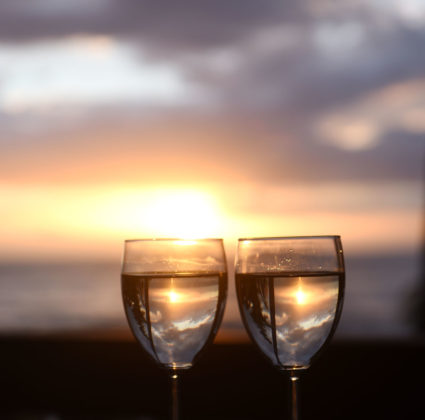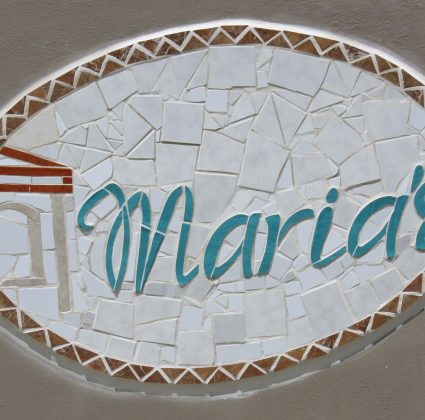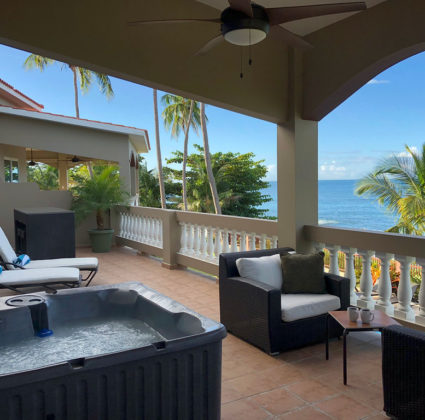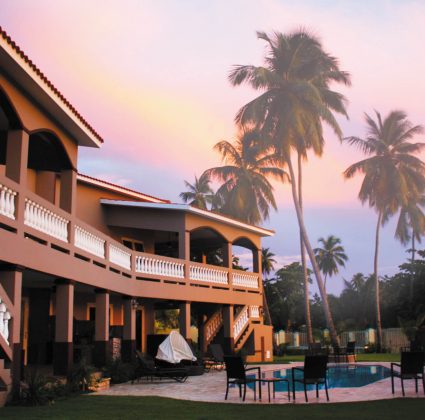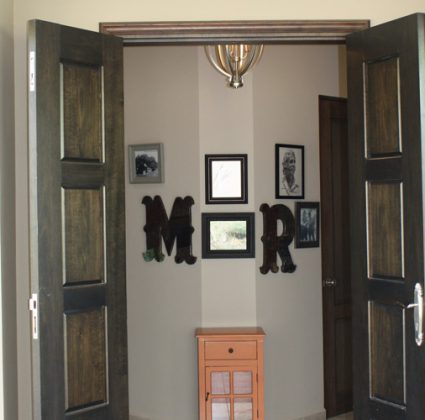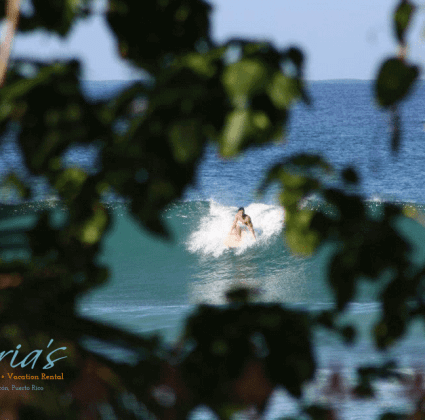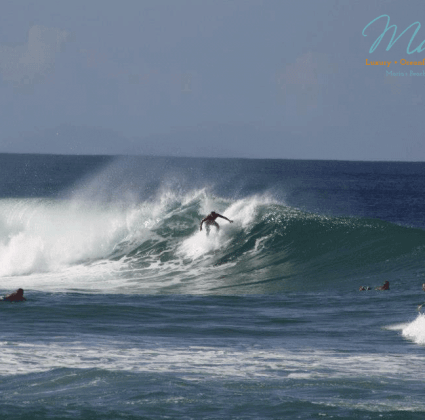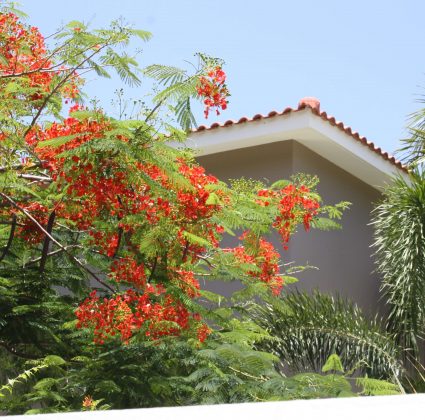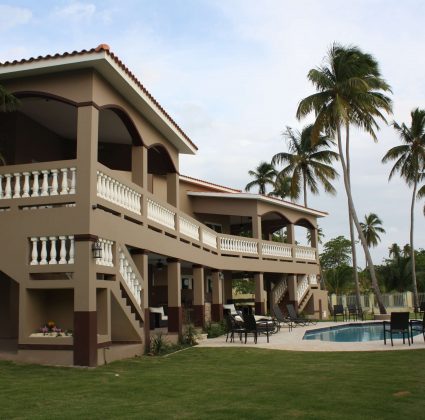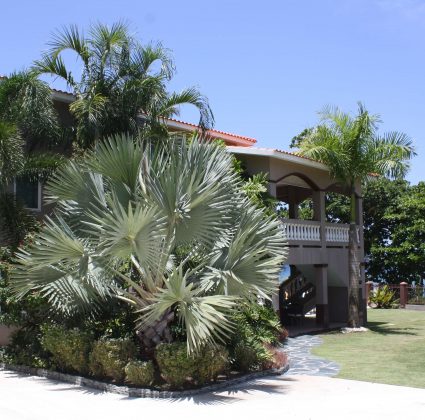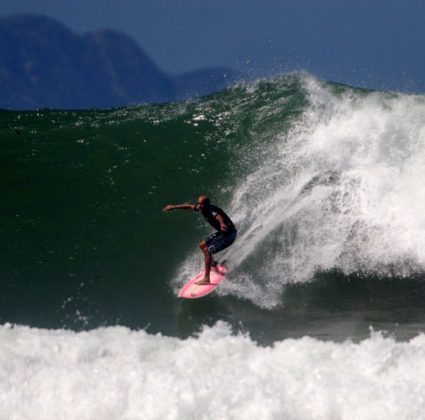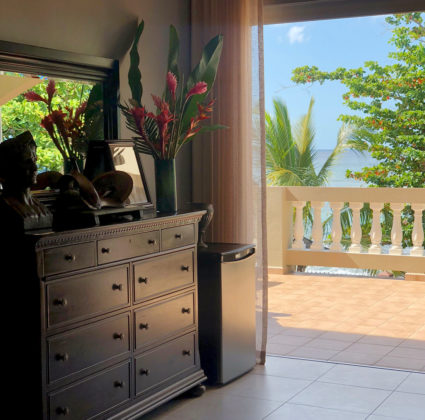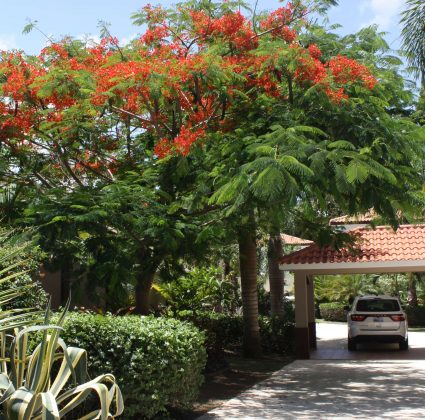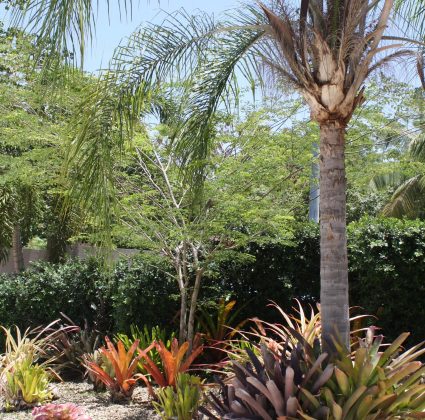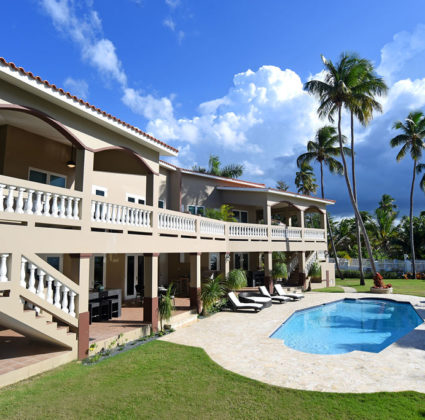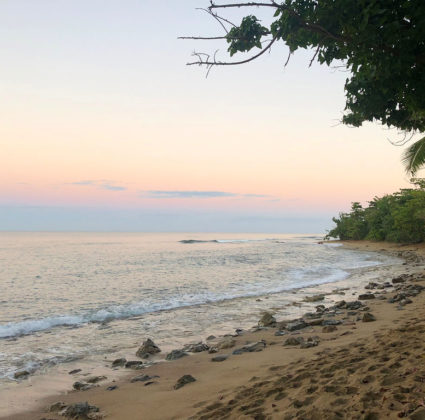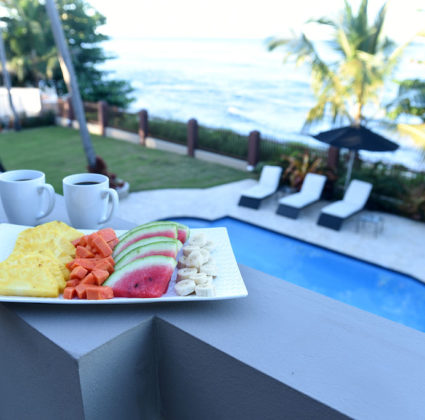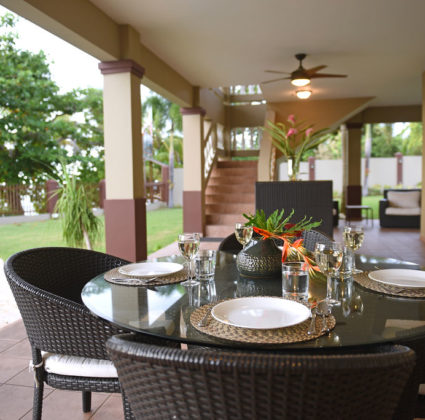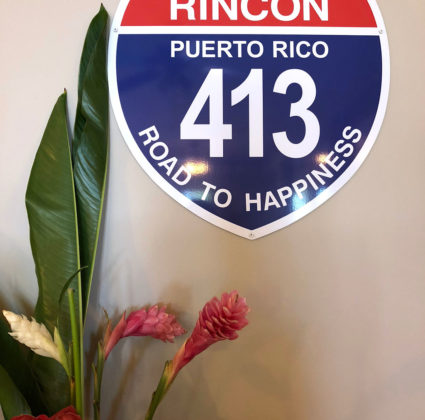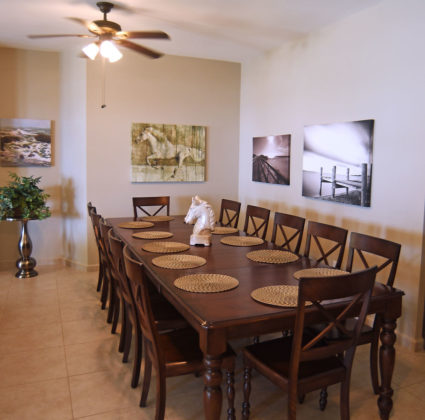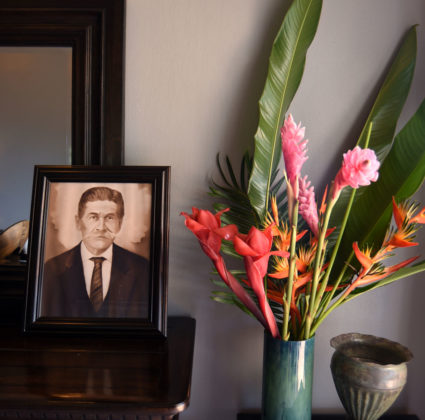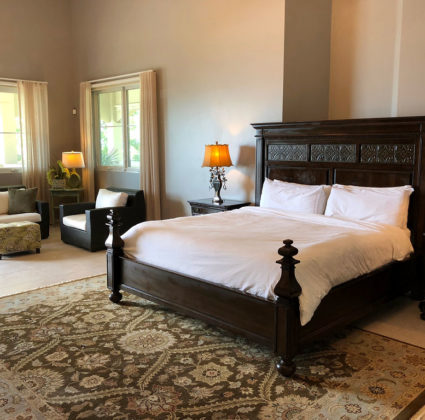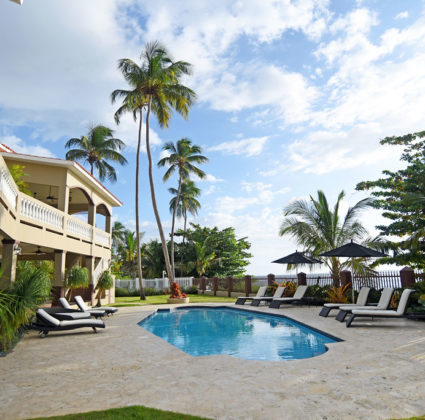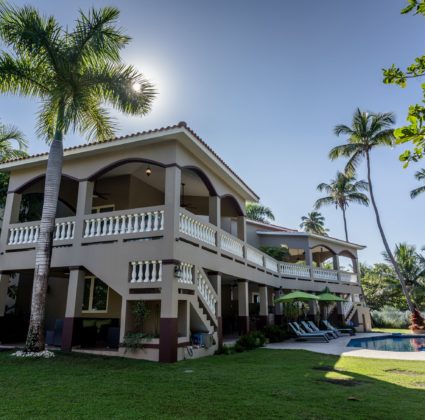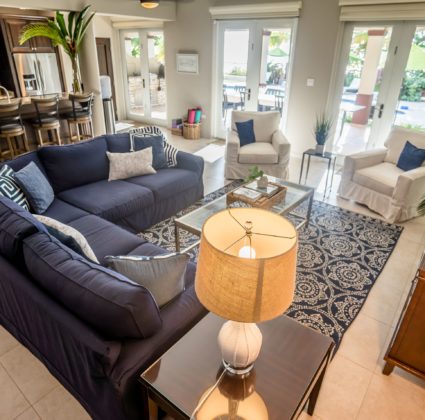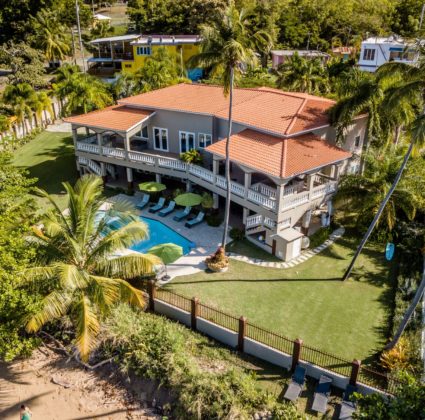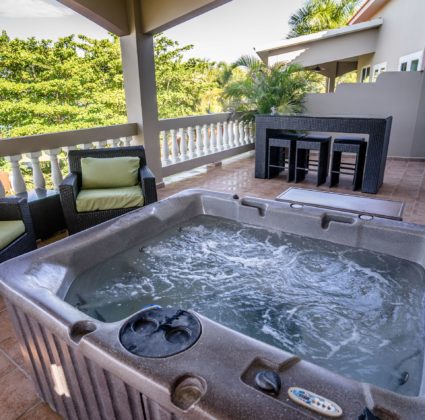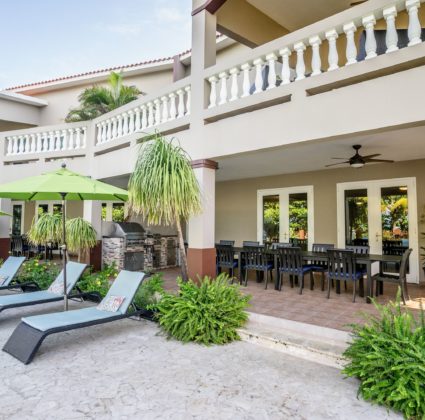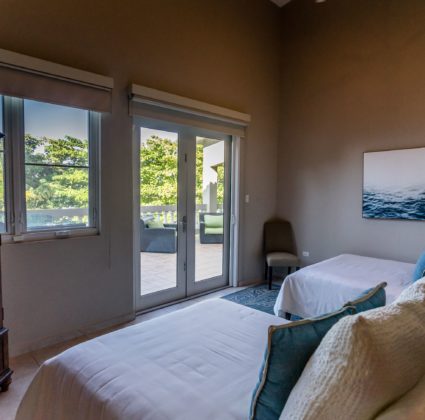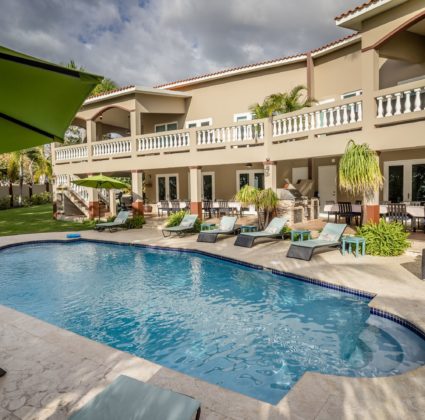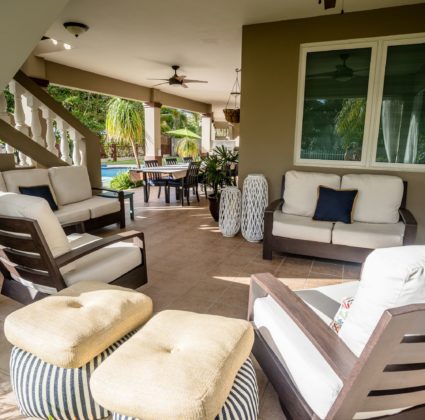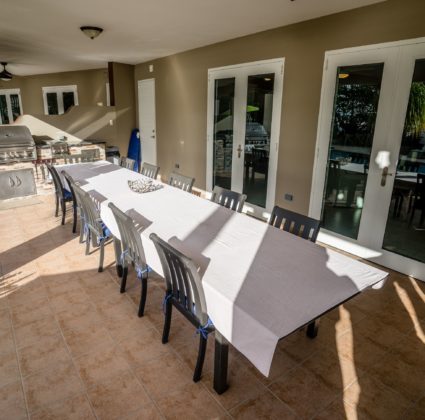¿Por qué las bahías son bioluminiscentes?
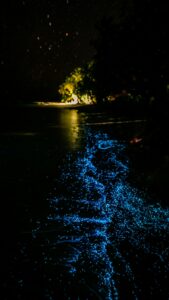
Mosquito Bay
Mosquito Bay se encuentra frente a la costa de Puerto Rico, en la pequeña isla de Vieques. Según Treehugger, esta es la bahía bioluminiscente más brillante del mundo debido a la presencia de pyrodinium bahamense, un dinoflagelado que brilla de color azul agua cuando se agita. Es importante señalar que Mosquito Bay no lleva el nombre del insecto, sino de un barco pirata llamado El Mosquito, que el pirata Roberto Cofresi solía esconder allí. Por lo tanto, no utilices demasiado repelente de insectos, ya que esto puede alterar los dinoflagelados que viven allí. Tenga en cuenta que no se permite nadar y la bioluminiscencia se ve mejor en noches con muy poca luz de luna.
Laguna Grande
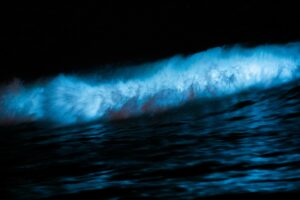 Laguna Grande, ubicada en Fajardo, es la bahía bioluminiscente más visitada de la isla, ya que está cerca de San Juan. A diferencia de otros lugares, en realidad es una laguna, pero al igual que las bahías, brilla intensamente por la noche debido a la presencia de dinoflagelados. Afortunadamente, hay muchos tours nocturnos en barco a Laguna Grande, ya que es un destino turístico muy popular. Como Laguna Grande está bastante lejos de Rincón, es posible que desee pasar el día en San Juan para aprovechar al máximo su visita. Hay muchos lugares para visitar en San Juan si quieres que el día realmente cuente: ¡obtén más información aquí!
Laguna Grande, ubicada en Fajardo, es la bahía bioluminiscente más visitada de la isla, ya que está cerca de San Juan. A diferencia de otros lugares, en realidad es una laguna, pero al igual que las bahías, brilla intensamente por la noche debido a la presencia de dinoflagelados. Afortunadamente, hay muchos tours nocturnos en barco a Laguna Grande, ya que es un destino turístico muy popular. Como Laguna Grande está bastante lejos de Rincón, es posible que desee pasar el día en San Juan para aprovechar al máximo su visita. Hay muchos lugares para visitar en San Juan si quieres que el día realmente cuente: ¡obtén más información aquí!
La Parguera
Para la mayoría de las personas que visitan Rincón, La Parguera, ubicada en Lajas, es la biobahía más cercana para visitar, a poco más de una hora en auto. Para llegar a La Parguera, será necesario viajar a través de canales de manglares, por lo que es imprescindible contar con un guía experimentado. Si bien se permite nadar en la bahía biológica, algunos científicos sugieren que ha causado una disminución en la población de dinoflagelados; muchos coinciden en que la bioluminiscencia de La Parguera no es tan saludable como antes. Los perfumes, los repelentes de insectos y los productos para el cuidado del cabello pueden ser perjudiciales para los dinoflagelados, por lo que si eliges nadar, trata de evitar el uso de cualquier tipo de químico en tu piel o cabello de antemano.
¿Está planificando una exploración de la bahía bioluminiscente? Quédate en Marias’s
Puerto Rico es una isla rica en belleza natural y biodiversidad. Cuando esté listo para visitar, reserve su estadía con Maria’s. Cuando esté listo para quedarse con nosotros, la reserva se realiza a través de Twin Palms, el alquiler de Maria y la administración en el sitio. Visite nuestra página de reservas en este sitio web para ver la disponibilidad de Maria’s y complete nuestro conveniente formulario de contacto. Si tiene alguna pregunta adicional sobre Maria’s, puede llamar a Elizabeth al 787-685-6648 (español: Cristina al 787-449-3673).
